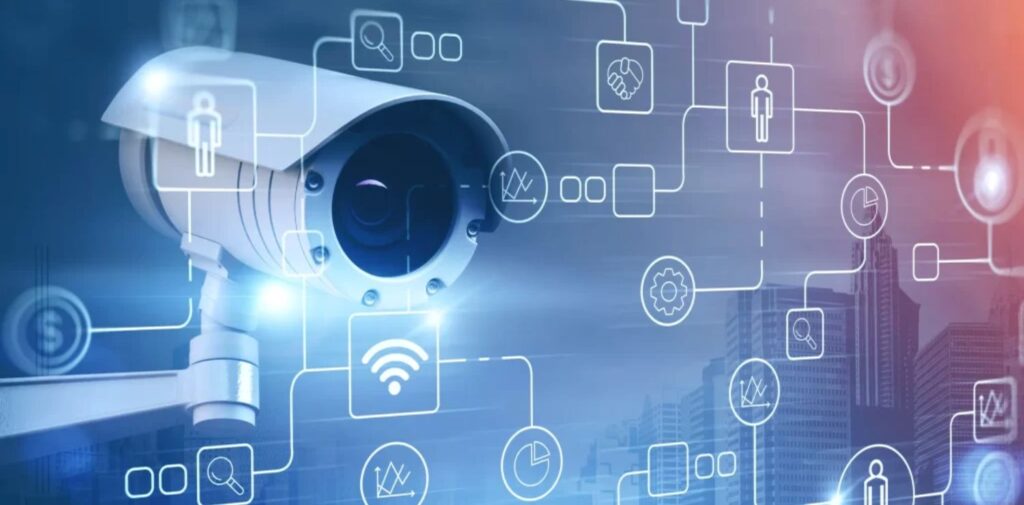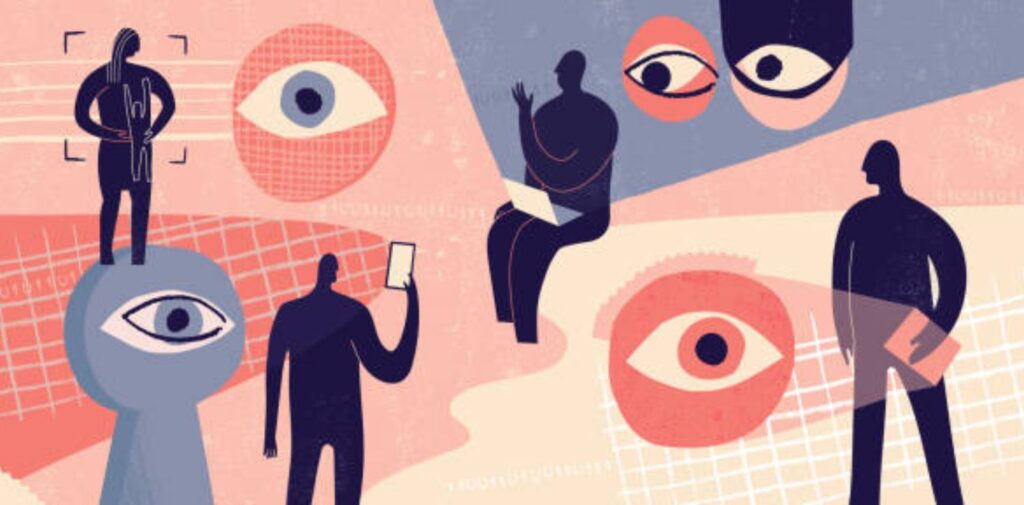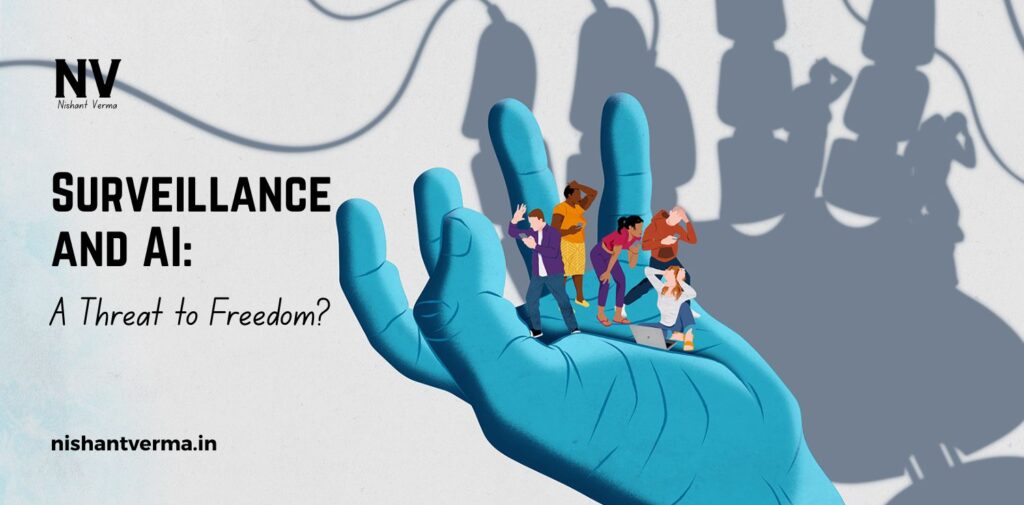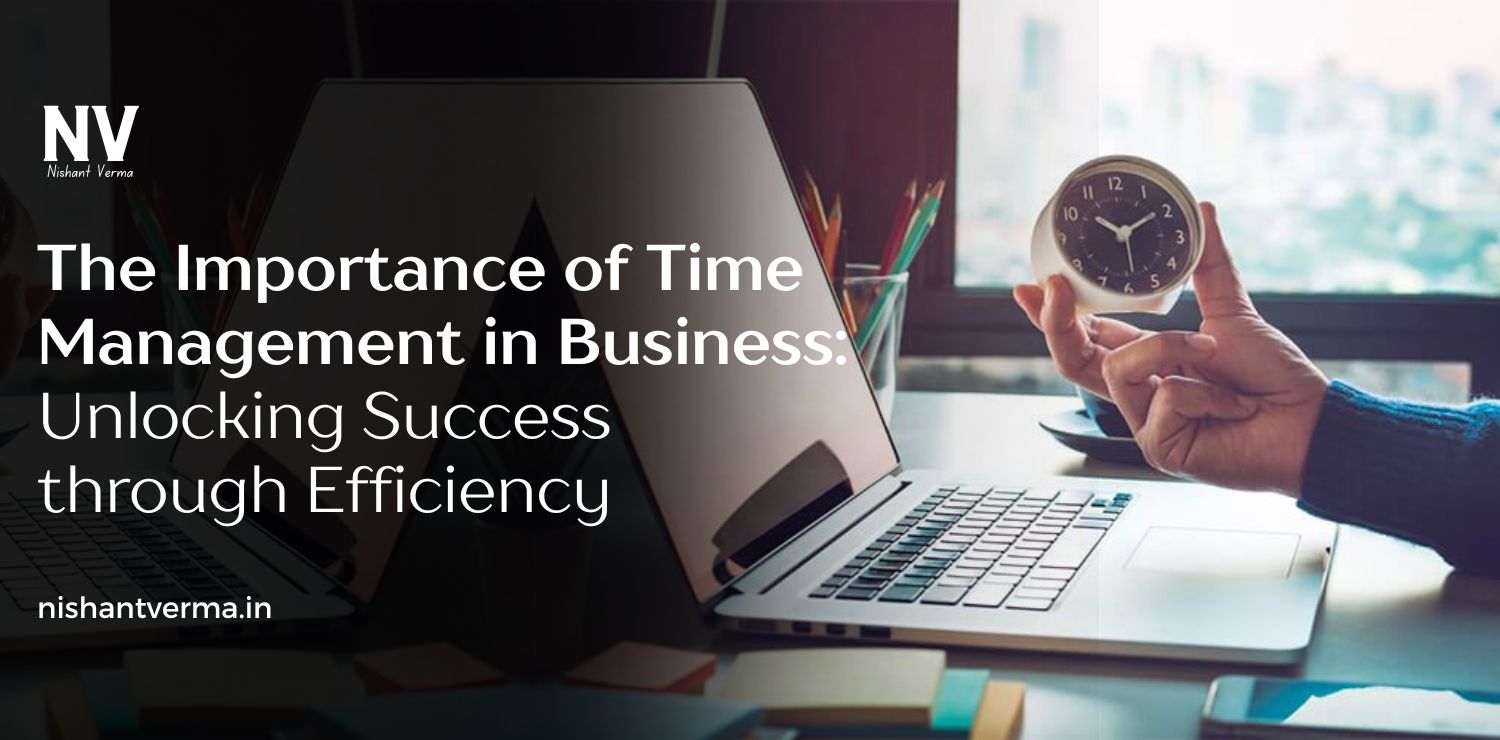In today’s digital age, technology has become an essential part of our daily lives. From using smartphones and online banking to attending virtual meetings and classes, we rely on technology in almost every aspect of life. With the growth of Artificial Intelligence (AI), our lives have become easier and more efficient. However, with these advancements, there are also growing concerns about privacy, freedom, and surveillance. One of the biggest questions being asked today is – Is the combination of surveillance and AI becoming a threat to our personal freedom?

Understanding Surveillance in the Digital Age
Surveillance means watching or monitoring someone’s activities. In earlier times, surveillance mostly involved physical spying or following people. But now, it is mostly done through digital means. In India and across the world, governments and private companies collect huge amounts of data from people – such as location, phone calls, emails, internet searches, and even social media activity.
With the help of AI, this data can be analyzed quickly and used for different purposes. For example, AI can help law enforcement identify criminals or help prevent terrorist activities. While this sounds helpful, the problem arises when such surveillance is done without people’s knowledge or consent. It can lead to misuse of power and an attack on our basic right to privacy.
The Role of AI in Modern Surveillance
AI has changed the way surveillance is done. Cameras equipped with facial recognition can now identify people in real time. In public places like railway stations, airports, and even shopping malls, such AI-enabled cameras are often installed. They can track a person’s movement, recognize faces, and even predict behavior.
For example, in India, some cities have started using AI-based surveillance systems to monitor traffic violations or track suspicious activities. While these systems aim to increase safety, they also record every movement of ordinary citizens, often without their knowledge.
Another major example is the use of biometric data, like fingerprints or iris scans, in systems such as Aadhaar. While Aadhaar has helped in bringing many services to people’s doorstep, there are concerns about how securely this sensitive data is stored and whether it could be misused.
Impact on Personal Freedom and Privacy
Freedom means having the right to live your life without unnecessary interference. But if every call you make, every website you visit, or every step you take is being watched, then can you really say you are free?
Many people start to change their behavior when they know they are being watched. This is known as the “chilling effect.” For instance, if someone fears that expressing their opinion online might be tracked or punished, they might stop speaking freely. This fear can slowly erode the very core of a democratic society – freedom of speech and expression.
In India, where diversity of opinion is key to the democratic system, such surveillance can silence voices, especially of those who criticize government actions or policies. This is why it’s important to create a balance between security and individual freedom.

The Thin Line Between Safety and Control
It is true that surveillance helps in maintaining law and order. AI can help in crime prediction, catching criminals faster, and even preventing accidents or violence. But when does it cross the line from protecting people to controlling them?
If the same tools that are used for protection are also used for controlling political dissent or monitoring journalists, then they become tools of oppression. There have been reports in India and other countries where spyware like Pegasus was allegedly used to track activists, opposition leaders, and journalists. This raises serious concerns about how much surveillance is too much.
It’s also important to note that surveillance systems are not always accurate. AI algorithms can be biased. For example, facial recognition may not work equally well for people of all skin tones or genders. A wrong match can lead to an innocent person being harassed or even arrested.
Lack of Strong Privacy Laws in India
Another reason why surveillance becomes a serious issue in India is the absence of strong data protection laws. Although the Digital Personal Data Protection Act was passed in 2023, it still has many loopholes. It allows the government to exempt its own agencies from the law in the name of “national interest.” This means that the same authorities who collect the data can also be above the law.
There is also a lack of awareness among people about how their data is being collected or used. Many citizens agree to give access to their photos, contacts, and messages without realizing the risks involved. This lack of awareness, combined with weak laws, creates an environment where misuse is easy and accountability is low.

What Can Be Done to Protect Our Freedom?
First, it is important to raise public awareness about data privacy. People should know their rights and understand the dangers of giving away their personal information without thinking. Schools, colleges, and public campaigns can play an important role in this.
Second, the government must ensure that surveillance systems are transparent and accountable. Any surveillance should be done only after proper legal permissions and must be reviewed by independent authorities.
Third, India needs stronger and clearer data protection laws that apply equally to all – whether it is a private company or a government agency. These laws should make it mandatory to get people’s consent before collecting their data and to explain clearly how it will be used.
Finally, people should demand that technology be used to empower, not control. AI and surveillance should be used in ways that respect human dignity and democratic values.
Conclusion: Moving Towards a Responsible Digital Future
Technology is not the enemy. AI and surveillance, if used responsibly, can make our lives safer and more convenient. But without proper checks and balances, they can become tools of control and oppression. In a democracy like India, freedom is not just a right but a way of life.
As citizens, we must stay informed, ask questions, and hold both private companies and the government accountable. It is only by striking the right balance between technology and human rights that we can create a future where both safety and freedom go hand in hand.




